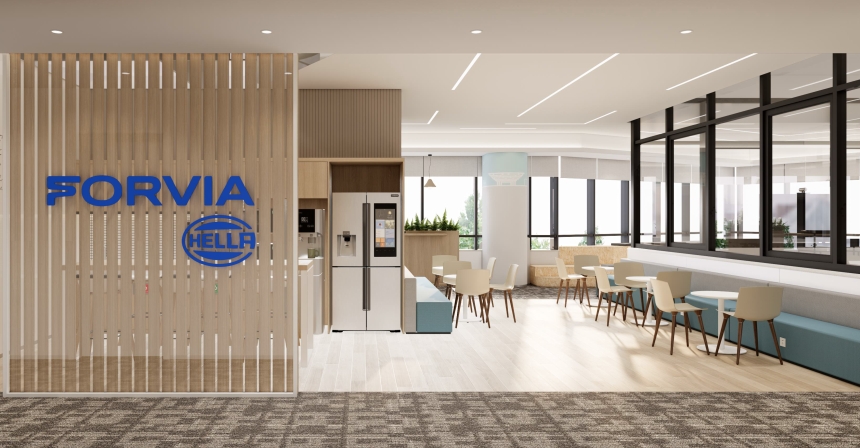Welcome to FORVIA HELLA China!
FORVIA HELLA is a listed, international automotive supplier. We are a company of the FORVIA Group, the world's seventh largest supplier of automotive technologies. In China, FORVIA HELLA has approximately 6000 employees located across 17 sites.
FORVIA HELLA at a glance
36,500
Employees
(as of 31 December 2024)
€8.1 billion sales in
Fiscal Year 2024
17 Locations
11 Technical Centers
in China
FORVIA HELLA China
FORVIA HELLA has around 6000 employees located across 17 sites in China. We operate within the business groups Lighting, Electronics and Lifecycle Solutions. In addition, FORVIA HELLA China serves as a significant hub for local research and development activities as well as production. For example, HELLA Shanghai Electronics, FORVIA HELLA’s largest electronic plant within its global network, and HELLA Jiaxing Lighting, its largest lighting plant in Asia, are both located in China. In China, FORVIA HELLA has been present for more than 30 years now.

ALE 2025: FORVIA HELLA Showcases Local Innovations and Future Lighting Technologies
The exhibits feature a wide range of customized solutions tailored for the local market and cutting-edge lighting technologies for future mobility
Read moreFiscal Year 2024: FORVIA HELLA achieves solid financial results in a challenging industry environment
Currency-adjusted sales improve by 1.3 percent to €8.1 billion; reported sales of €8.0 billion remains at the previous year's level.
Read moreFORVIA HELLA presents preliminary results for fiscal year 2024 and outlook for 2025
Currency-adjusted sales increase slightly by 1.3 percent to €8.1 billion; reported sales remain at the previous year's level of €8.0 billion.
Read moreCareers
Our Purpose expresses what unites us all at FORVIA HELLA: Pioneers at heart for the good of generations. All of our global and diverse teams are triving to enrich and improve life every day through our products, services, and solutions.
More about careers at FORVIA HELLA ChinaFORVIA HELLA Business Groups
Since its foundation as a small lamp factory in 1899, FORVIA HELLA has long become a leading supplier of vehicle lighting, including headlamps and rear combination lamps as well as car body and interior lighting. Our development activities currently focus on features and technologies expected to be especially important in the future, generating benefits that customers can see and touch, such as light-based driver assistance systems, LEDs and design elements.
Lighting Website
The number and complexity of the electronic components used in vehicles has increased tremendously over the past few years. Although we first started out in lighting electronics, we have now become an expert supplier of all kinds of vehicle electronic solutions. Our product portfolio ranges from complex body electronics such as central control units and access systems to various electronic components, including sensors and vacuum pumps. We are also active in the rapidly growing energy management and driver assistance systems segments, where we offer a wide range of attractive innovations.
Electronics Website
Within the Lifecycle Solutions Business Group, we develop, produce and distribute products for the independent parts trade and for workshops. We also serve a wide range of further target groups in this area, from agricultural and construction machinery manufacturers to municipalities and small series manufacturers with innovative lighting and electronic products. The systematic transfer and appropriate application of technology, process and quality know-how from the automotive sector form the basis for the high competitiveness in innovation and costs.
Tech World
Partner World
Special Original Equipment Website
